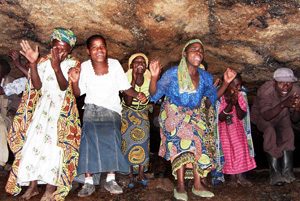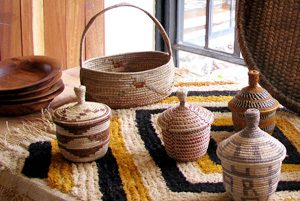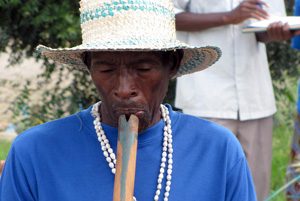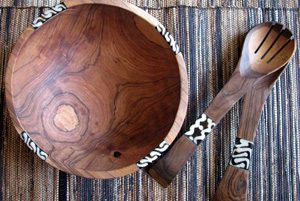Cultural Attractions in Kampala.
Bahá’í Temple
This is the only temple of the Bahá’í faith in Africa, and it is worth visiting for the beautiful architecture and well-tended gardens, which stretch over 30 hectares on top of Kikaya Hill in Kampala. Colored glass windows filter soft light into the temple, which is decorated with Persian carpets and glazed Italian mosaic tiles that line the domed roof.
Kabaka’s Lake
This is the Buganda Kabaka’s Lake, near Mengo Hill. This five acre lake on the outskirts of Kampala was created during the reign of Kabaka Mwanga in the 1880s for his personal enjoyment, as he enjoyed swimming and fishing. More importantly, he wished to link it to Lake Victoria through a channel that would serve as an escape corridor, though this was never achieved. Today, the lake is home to many bird species, and is recognized as an important conservation site.
Kasubi Royal Tombs
This UNESCO World Heritage Site is the burial site for the Kings of Buganda. The Buganda people hold great respect for this cultural site, and several ancient rituals are still performed here. The large, dome-shaped hut which protects the site is beautifully crafted from natural materials and also houses cultural treasures of the Buganda Kingdom.
The Kasubi Tombs are located on Kasubi Hill, 5km from the center of Kampala.
Katareke Prison Ditch
The prison tells the story of a violent and brutal episode in Buganda history. It speaks of a paranoid, power-hungry king who, in 1888, imprisoned his all his brothers and sisters – save for just one Mwanga – an exiled king he had replaced – and later brutally murdered them for fear that they might dethrone him! Today the prison is a quiet and shaded site, but the surviving earthworks are a vivid reminder of warring times when the fate of the kingdom hung in the balance.
Kings Palace (Bulange Mengo)
Lubiri, or Mengo is the palace of the King of Buganda. It was built in 1885 and measures in impressive 4 square miles. Opposite it is the spired Bulange, which is the Buganda parliament building. Entrance is free but you should tip your guide.
Naggalabi – Buddo Coronation Site
Just short of a 20 minutes drive from Kampala the panoramic hilltop at Naggalabi Buddo is the historic heart of Buganda. It was here that the Kingdom was birthed, at the dawn of the 14th century, and it is here that every Kabaka is still crowned. At Naggalabi Buddo you can visit the main sacred sites, and literally walk in the footsteps of past and present kings.
Namirembe & Rubaga Cathedrals
St Mary’s Catholic Cathedral, also known as Rubaga Cathedral was built in the 1880s. It stands on Rubaga Hill and overlooks Kampala. Protestant missionaries originally established the Namirembe Cathedral on a different hill of the same name in 1903, though it was reconstructed in 1919 after being struck by lightening. This vast structure can hold a congregation of 3,000 people.
Namugongo Martyr’s Shrine
On 3 June 1886, over 30 Ugandan Catholic and Protestant men were burned to death on the orders of the Kabak Mwanga for their refusal to renounce their faith. The Church of the Namugongo Martyrs has been constructed near the site, and is the focus of pilgrimages. Today, June 3rd is a public holiday in Uganda to commemorate the executions.
Ndere Center, Kamapla
This cultural centre, set amid beautiful tropical gardens, houses a wealth of Ugandan culture in the middle of Kampala. In addition to a café and craft shop, there is an outdoor stage where regular performances take place by the brilliant Ndere Troupe – comprising dancers, singers and musicians from across the country.
Regular events include Famly Hour, World Music Night, Kids’ Corner, Food Feasts and Cultural Night.
For schedules and further information, visit www.ndere.com/
Tel: +256 772 200 104, +256 772 700 105
Address:
Plot 2872 – 9867 Butukirwa
Cultural Attraction Outside Kampala
Karambi Tombs
These tombs are the burial ground of Kings Rukidi III and Kasagama, both of whom were of historical significance of the Toro people of the Fort Portal region. The tombs are located on the Kasese Road, 5km from the town of Fort Portal.
Amabere Ga Nyinamwiru (the Breasts of Nyinamwiru)
The beautiful Nyinamwiru was, so the legend goes, the daughter of the local King Bukuku. She was pursued by so many admirers that the King cut off her breasts to reduce her beauty, though even this failed. The “breasts” you see today are an impressive stalactite formation in the Nyakasura Caves – filled with attractive natural rock pillars. The cave, located 9km from Fort Portal town off the Semliki Road, is also next to a refreshing waterfall.
 On your travels through Uganda, you are sure to come across beautiful handicrafts, thrilling cultural performances, African rhythms and delicious traditional food. If you’ve ever wondered how these are produced, these new workshops will give you the chance to find out.
On your travels through Uganda, you are sure to come across beautiful handicrafts, thrilling cultural performances, African rhythms and delicious traditional food. If you’ve ever wondered how these are produced, these new workshops will give you the chance to find out.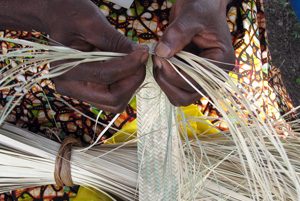
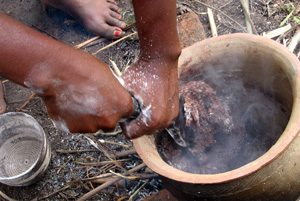
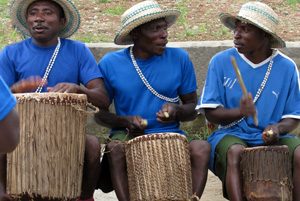

 For an authentic taste of Ugandan life, why not stay in community-run accommodation?
For an authentic taste of Ugandan life, why not stay in community-run accommodation?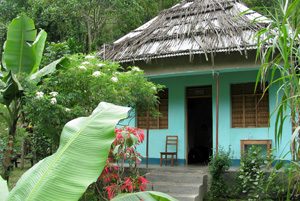
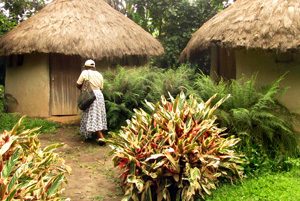
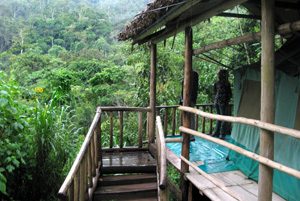



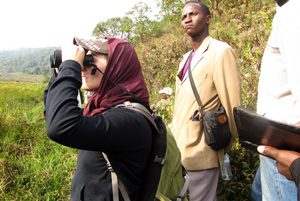

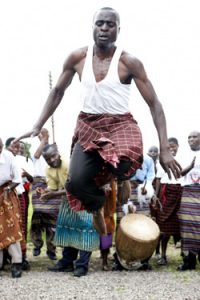
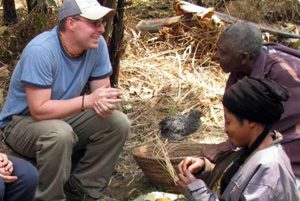
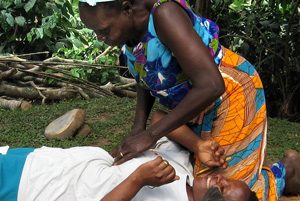
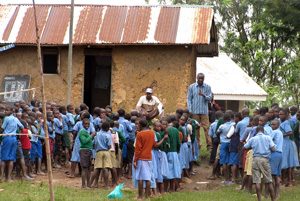
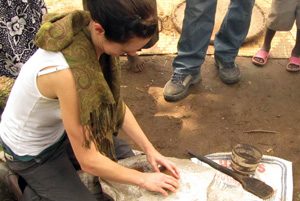
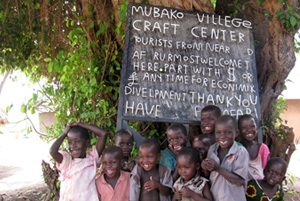
 Cultural Performances
Cultural Performances
